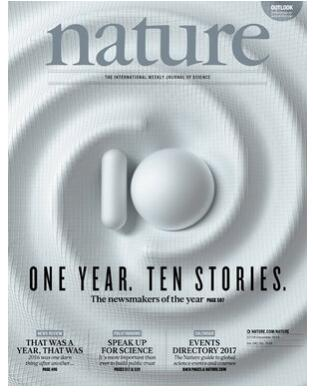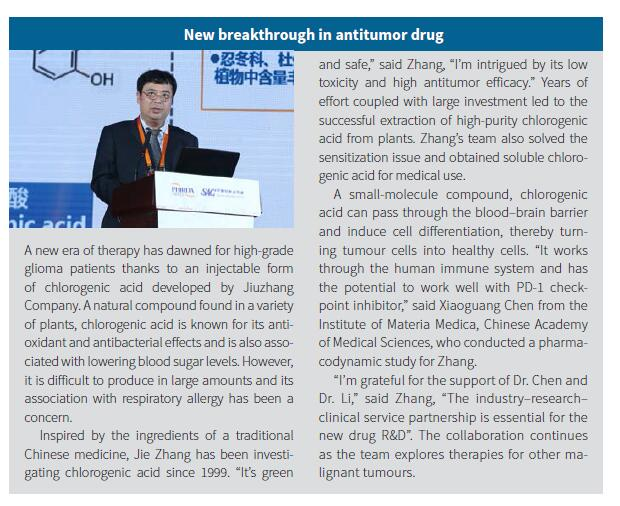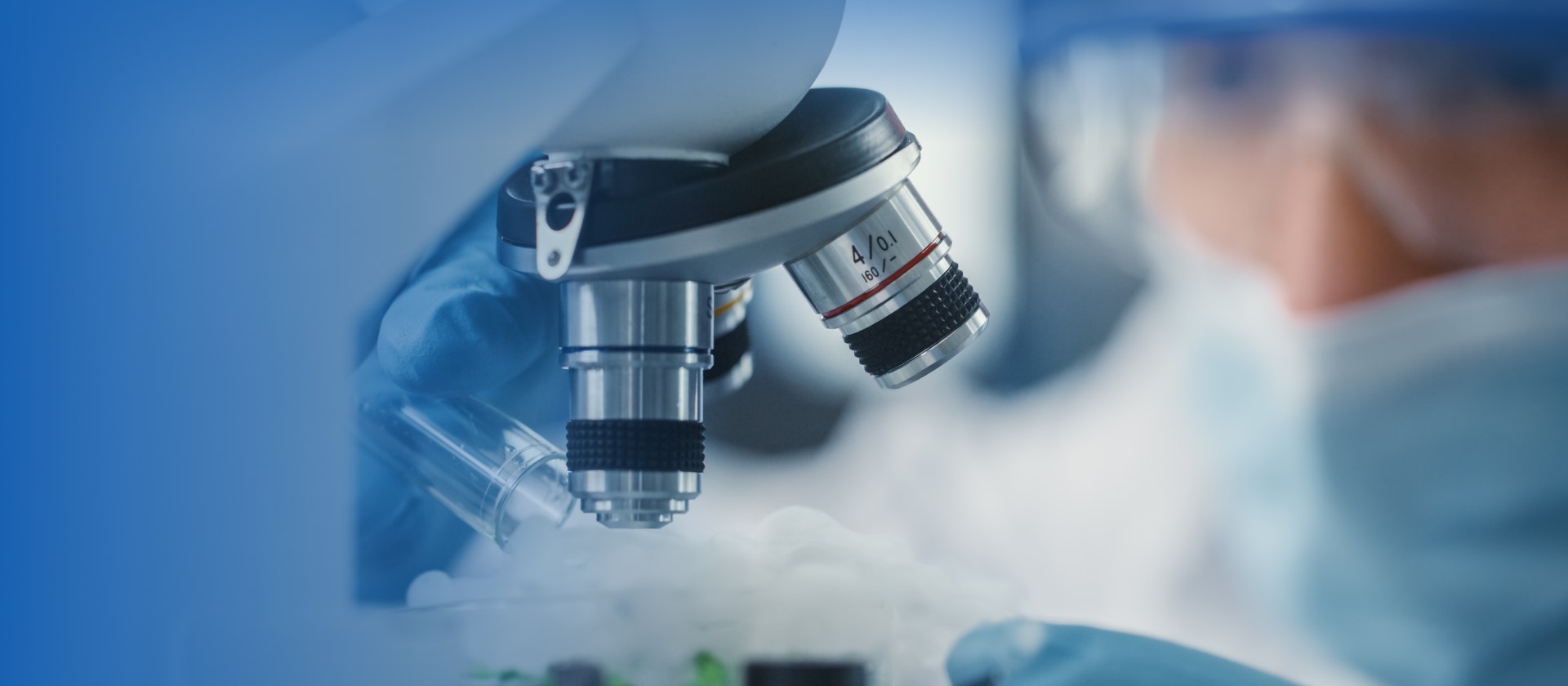[Nature] CHA-New Breakthrough of Anti-cancer Drugs
Founded in the UK in 1869, the journal Nature is one of the world's oldest and most prestigious natural science journals. Nature publishes original research papers from various fields of the natural sciences. Many of the most important and cutting-edge research findings are published in Nature in the form of short communications. It is regarded by the scientific and technological community as a vane indicating the direction of scientific and technological research and development.

CHA for injection, pioneered globally by Sichuan Jiuzhang Biotechnology Co., Ltd., is a natural small-molecule active substance. With its characteristics of low toxicity, effectiveness, and broad-spectrum properties, it has opened up a new situation in cancer treatment – coexisting with tumors. In anti-tumor clinical research, it treats cancer as a chronic disease for control and treatment, and is expected to achieve the ultimate goal of improving patients' quality of life and extending their survival time.
In November 2016, the inventor Zhang Jie, Professor Chen Xiaoguang, the researcher of the anti-tumor mechanism of CHA, and Professor Li Wenbin, the main researcher of the glioma clinical research (PI), received an exclusive interview from the reporter of Nature magazine. The interview content was published in Nature on December 22, 2016.

Screenshot of the report in the journal Nature in December 2016
New breakthrough in anti-tumor drug
Thanks to the CHA for injection developed by Sichuan Jiuzhang Biotechnology Co., Ltd., the treatment of high-grade malignant gliomas has entered a brand-new era. As a natural substance, CHA exists widely in a variety of plants. Previously, it had been known for its effects of anti-oxidation, anti-bacterial properties, and blood sugar reduction. However, CHA was difficult to produce in large quantities, and its potential respiratory sensitization had always been a difficult point in the research and development process.
Inspired by traditional Chinese medicinal materials, Mr. Zhang Jie has been engaged in the research of CHA since 1999. "CHA is a green, natural, safe and non-toxic substance," Mr. Zhang Jie said. "What interests me is its low toxicity and remarkable anti-tumor effect." After years of exploration, efforts and huge capital investment, Mr. Zhang Jie's team finally succeeded in extracting high-purity CHA (purity: 99.9%) from plants. At the same time, the research team also solved the problem of the potential sensitization of CHA and developed a highly soluble pharmaceutical-grade CHA monomer.
As a small-molecule compound, CHA can penetrate the blood-brain barrier and induce the differentiation of tumor cells, thus transforming tumor cells into healthy cells. "CHA mainly exerts its anti-tumor effect through the human immune system and is a PD-L1 immune checkpoint inhibitor," introduced Dr. Chen Xiaoguang from the Institute of Materia Medica of the Chinese Academy of Medical Sciences, who is in charge of the research on the mechanism of the anti-tumor effect of CHA. "I am very grateful for the support and help from Dr. Chen and Dr. Li (the PI of the clinical research on CHA for injection in gliomas)," Mr. Zhang Jie said. "During the research and development process of new drugs, close cooperation among pharmaceutical research, mechanism research and clinical research is crucial." The three parties will continue to explore the application of CHA in other fields of malignant tumors as a research and development team.


